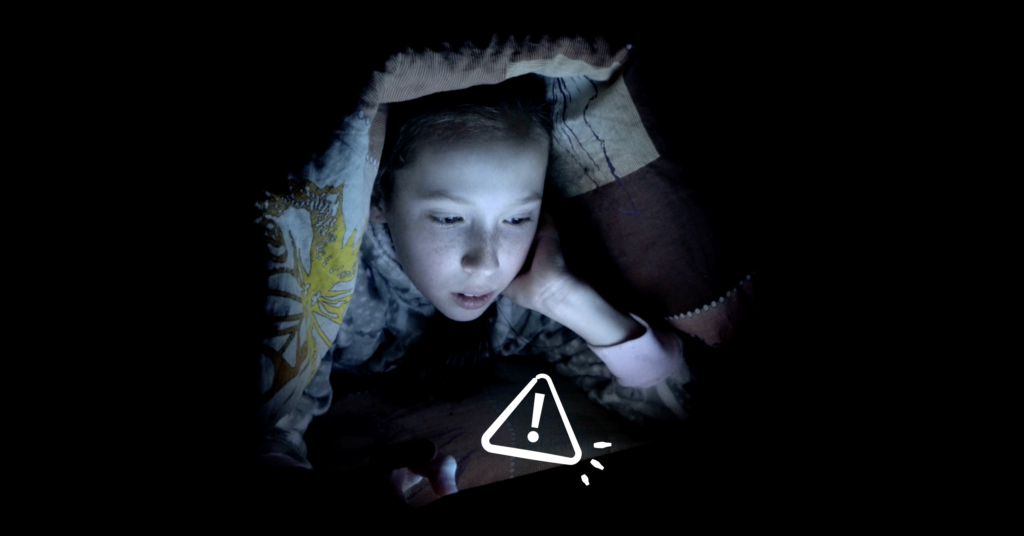How Kids Talk About Suicide: A Firsthand Look

Jami Nesbitt is Bark’s Director of Data Annotation and Reporting, and — along with her team of more than 40 reviewers — is responsible for analyzing all of the potentially harmful messages that Bark’s algorithm escalates. These reviewers are on the front lines of child, tween, and teen communications, seeing messages from kids questioning their will to live through email, in text messages, and on social media. (A note from Bark: 99.96% of all of the messages we scan are processed by our artificial intelligence and are never seen by human eyes. The Data Annotation Team views a small percentage of severe alerts in order to escalate them to parents and schools.) Jami and her team work together reviewing these serious messages, gauging the threat level they pose, and contacting parents if necessary. Because of her experience reading and reviewing tens of thousands of actual conversations flagged as potentially harmful, Jami possesses a unique vantage point into how kids today are talking about suicide and self-harm. In this Q&A, we hope to inform parents about this reality as well as provide resources for support. Let’s start with some numbers. What kind of volume does Bark experience with regards to flagged communications indicating potential self-harm or suicidal ideation? Unfortunately, we experience far too many incidents of potential self-harm or suicidal ideation. As Bark expands, so do our escalations — we now monitor more than 2 million children. When I first started working for Bark we were getting about a dozen a week. Now we get that many in a single day. That’s frightening. What are kids saying in these messages? With instances of suicidal ideation and self-harm, kids talk about how they are so overwhelmed with life that they wish they were dead. They discuss how better everyone else would be if they were not alive. They hold the weight of the world on their shoulders and think the only solution to their problems is death or relief of emotional pain through physical pain. Are there ways your team has learned to discern between more and less serious language? Yes, absolutely. Kids who are joking around about suicide or self-harm tend to not use negative emotional language or absolutist words. One thing to realize is that kids will use common vernacular (“KMS”, short for “kill myself”) that might seem serious — and sometimes it is — but they generally mean it in a benign or sarcastic way, as in “ugh more english homework kms.” [sic] At the other end of the spectrum, negative emotional language is when kids talk about how everyone would be better off if they were dead. Absolutist language includes words like “always,” “nothing,” or “completely.” Profanity along with absolutist language also has a high correlation to true suicidal ideation and self-harm. Basically, kids who are suicidal or who self-harm do not mince words about the topic. It is very real and serious for them, and it should be for us, as well. What’s the process for when Bark determines that a child is in imminent danger of self-harm? Once the algorithm has determined that there may be a child in imminent danger of self-harm or suicide, a Bark team member receives an alert to confirm whether the algorithm is correct. If the Bark team member believes that there is potential for suicide or self-harm they escalate the issue, which immediately pings a team leader. The team leader reviews the information and determines the severity of the issue and then sends a notification to the guardian. Alerts on severe issues cannot be “ignored” or “unchecked” in the dashboard. It is a special urgent alert that is outside of a guardian’s notification settings. What advice do you have for parents who are unaware of the prevalence of children talking about suicide or self-harm on their devices? Reading this article is a good first step! There’s a ton of research online that can help you learn the statistics and teach you how to have those hard conversations with your child. We recommend organizations like the Jason Foundation, the National Suicide Prevention Lifeline, and the Trevor Project. Talk to your kids, even if you are sure they are not suicidal or self-harming; the likelihood that one of their friends is experiencing those emotions and behaviors is still very high. Visit bark.us/learn/suicide-awareness/ to learn more about the reality of child, tween, and teen suicide, and download resources for you and your child.
Read more
Bark helps families manage and protect their children’s digital lives.





